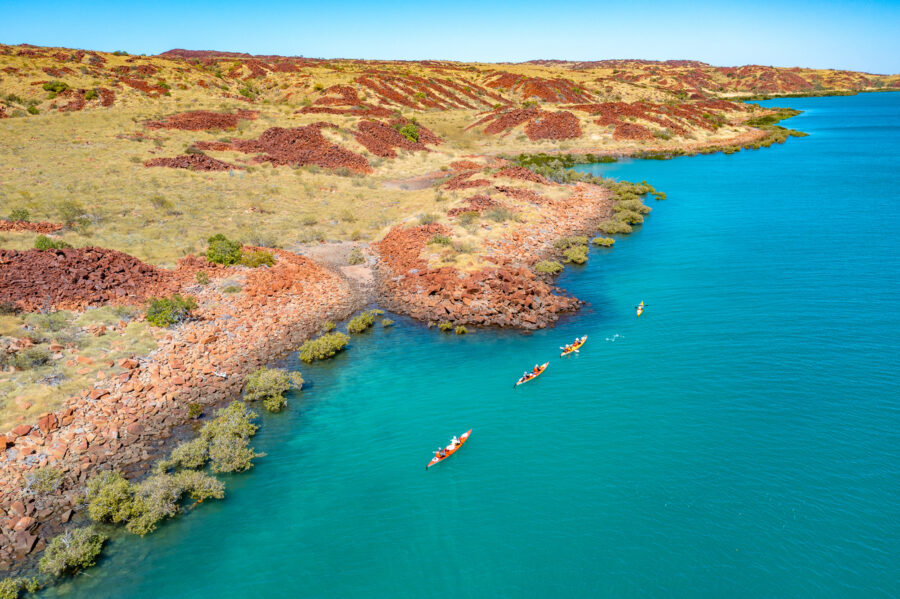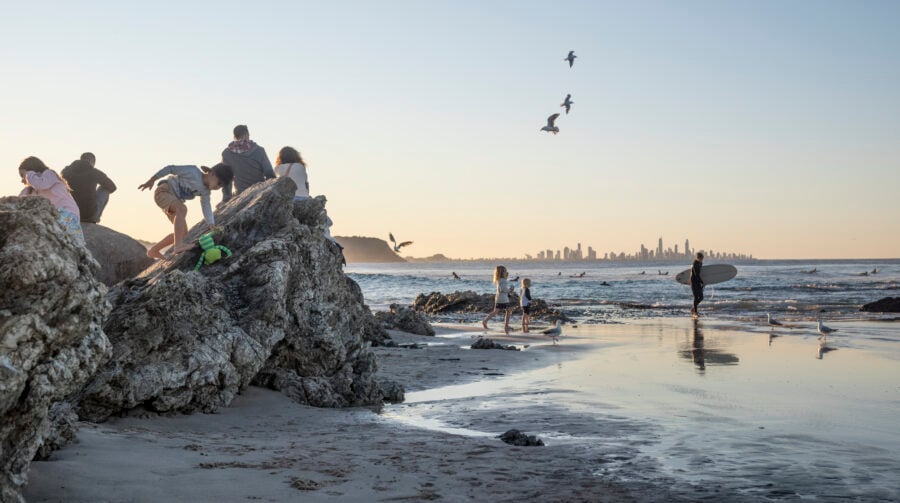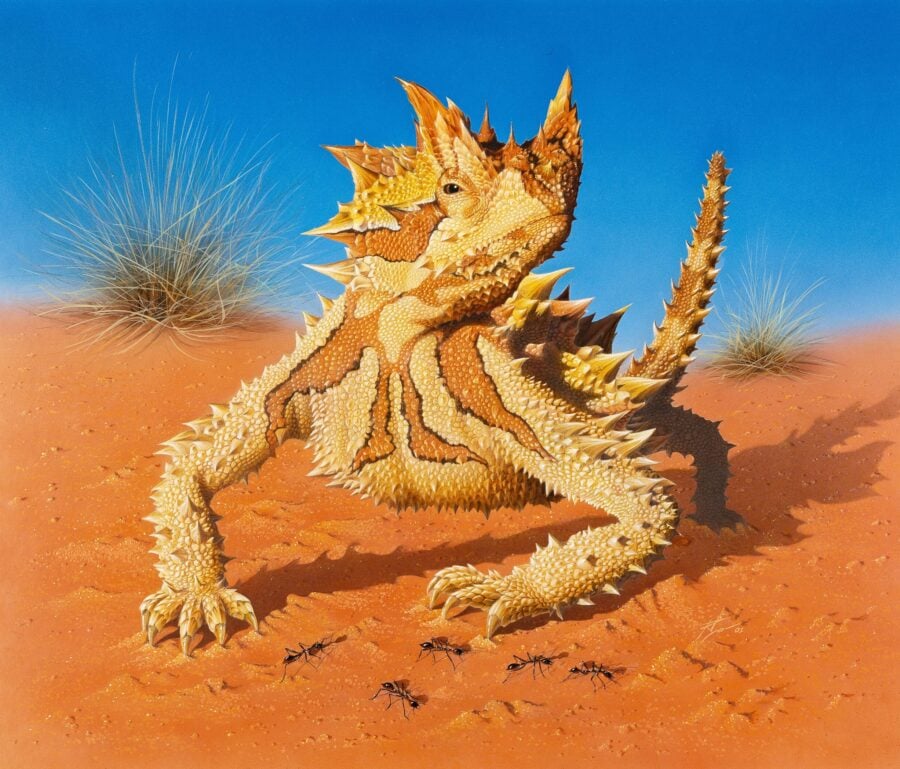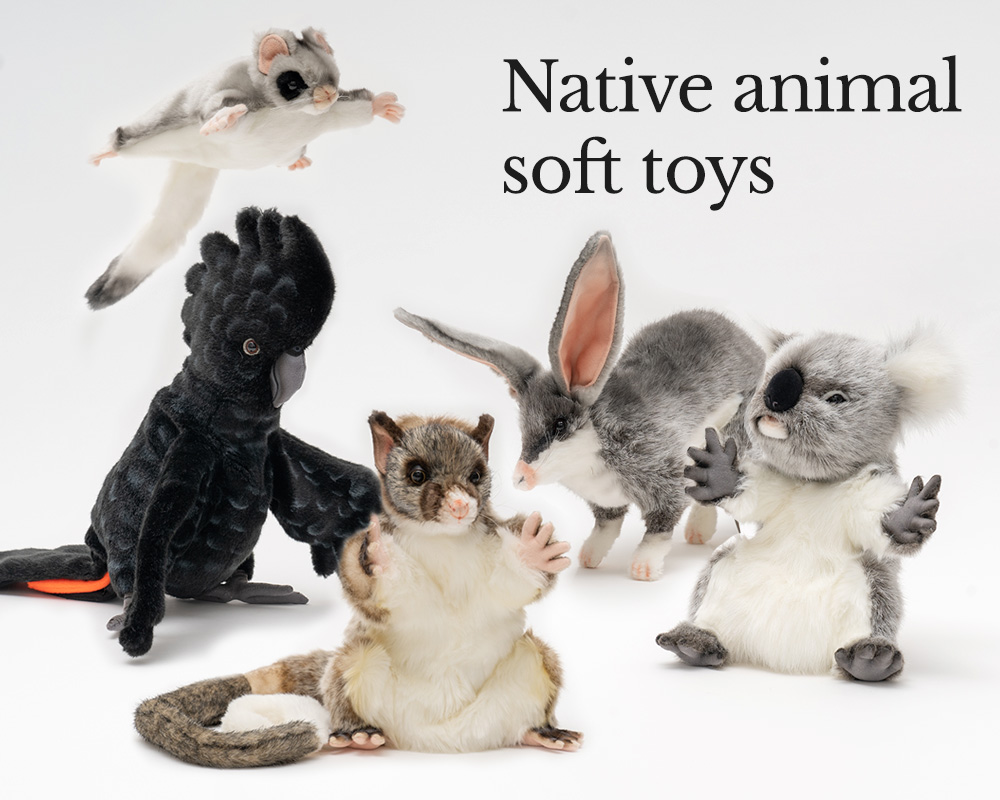‘Tears of joy’ in Paris for Australia’s latest World Heritage site
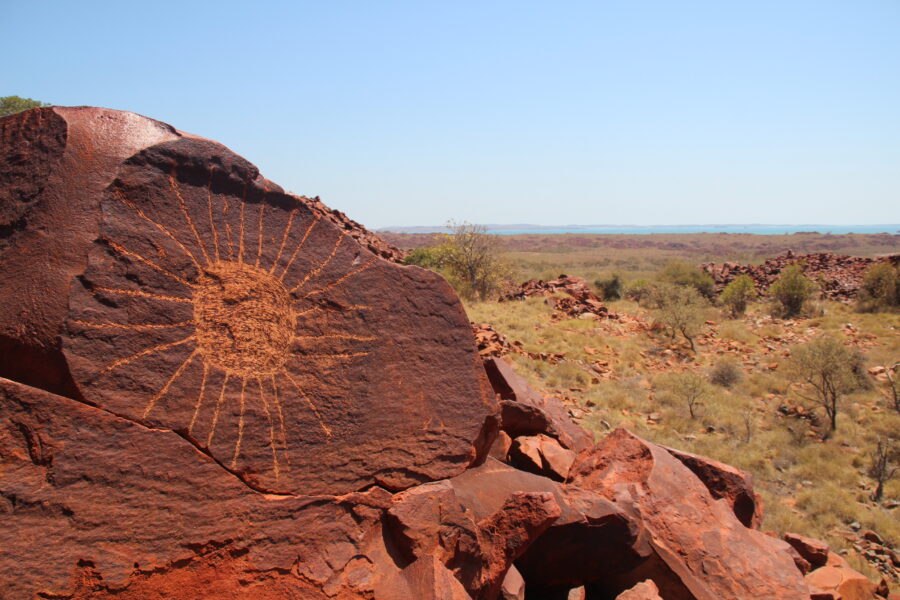
The UNESCO World Heritage List has a new Australian inscription.
In a moment two decades in the making, the Murujuga Cultural Landscape, near Karratha in Western Australia, has been officially recognised as a place of outstanding universal value.
Returning to Perth from UNESCO Headquarters in Paris, Peter Hicks, chairperson of the Murujuga Aboriginal Corporation (MAC), was still basking in the joy.
“We were in Paris in the UNESCO building, on the centre stage floor,” Hicks told Australian Geographic. “Myself, senior law man Peter Jeffries, and cultural lady Belinda Churnside were there, plus our 19 Aboriginal-led delegates.”
“We’re extremely grateful to the nations that sat beside us and gave up their seating so that we could have all our delegates on the floor. There were tears of joy. There were tears of sadness, for our Elders, our people that put a lot of effort into this work, that could not be there.”
A cultural landscape
Murujuga, which includes the Burrup Peninsula and the islands of the Dampier Archipelago, is a rugged landscape of giant blocky dark-red boulders set against milky turquoise waters. It’s a landscape that has nurtured culture and lore for some 50,000 years.
Murujuga contains up to 2 million petroglyphs – carvings, etchings and scrapings on boulders and cliff faces. The artworks depict animals found here such as northern quolls, snakes, emus, sea turtles and fishes, along with others that have been extinct here for 6,000 years including the fat-tailed kangaroo and the Tasmanian tiger.
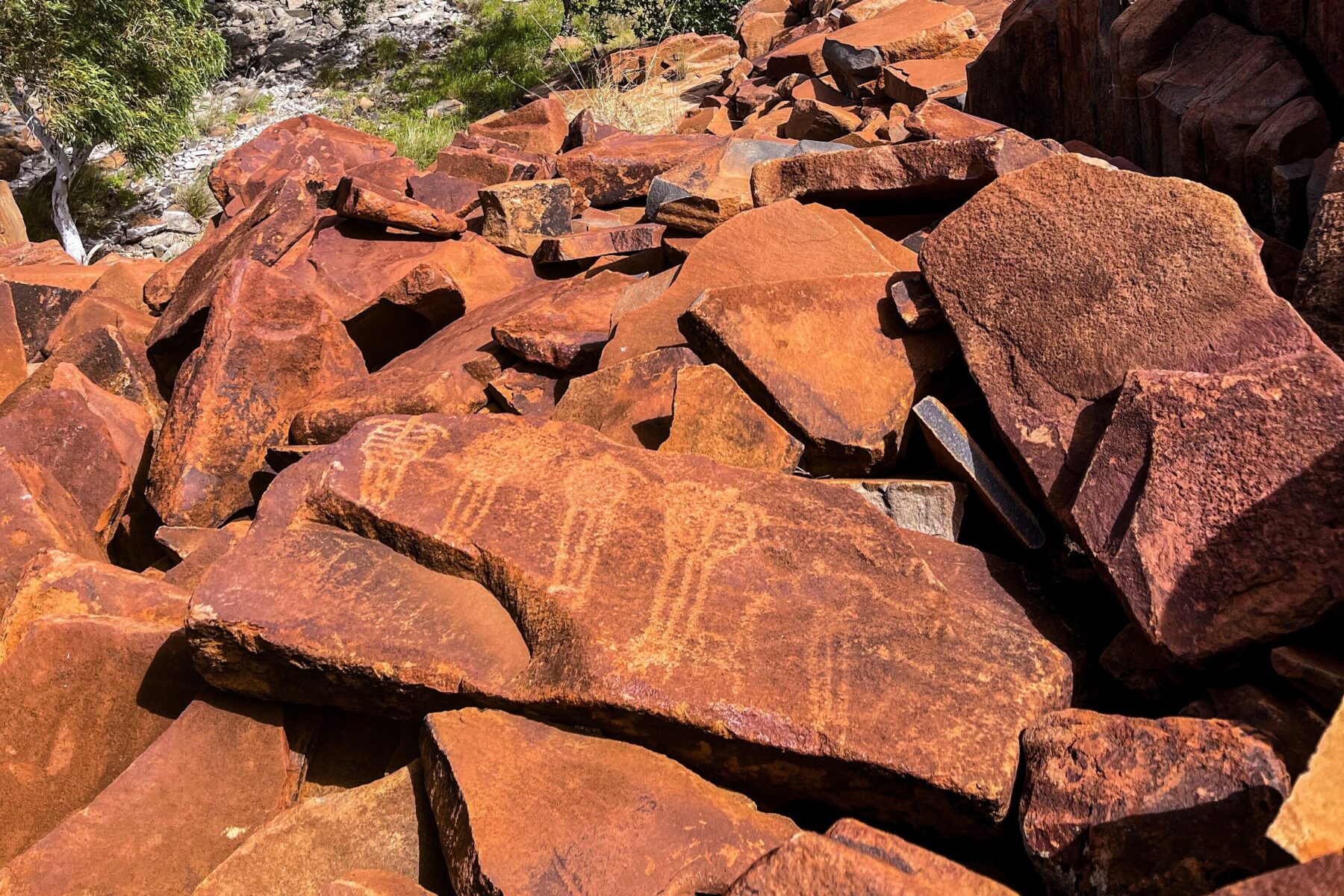
Other images tell cultural stories with human-like spirits and some of the earliest depictions of humans in the world. Murujuga documents how people living here adapted to natural climate change, including a rising sea level that created the 42 islands.
In Murujuga’s World Heritage inscription document, the petroglyphs are said to convey an ‘encyclopedia of cultural knowledge’. The nomination met three criteria, including being a masterpiece of human creative genius, an exceptional testimony to a living cultural tradition, and an outstanding example of human interaction with the environment when it is changing irreversibly.
Indigenous-led process
The World Heritage nomination has been led by the MAC. Guided by a circle of Elders, MAC represents five traditional Aboriginal language groups: the Ngarluma, Mardudhunera, Yaburara, Yindjibarndi, and Wong-Goo-Tt-Oo. Collectively, these groups are known as the Ngarda-Ngarli, the Traditional Owners and Custodians of Murujuga.
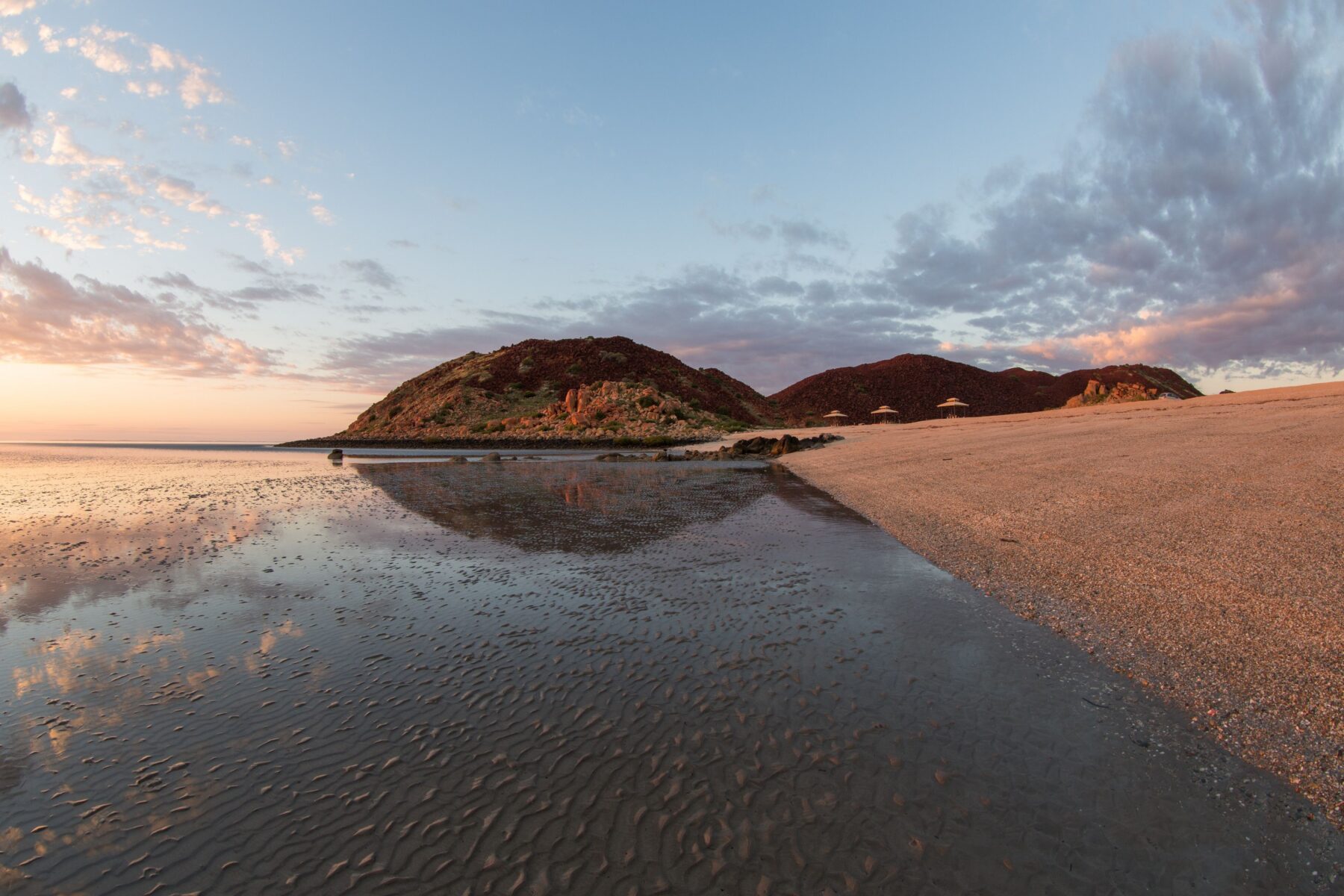
Hicks hopes Murujuga’s successful inscription inspires other Indigenous communities.
“I hope that we are not the only ones that will stand on this floor and have a nomination recognised,” he said. “I hope other Indigenous countries around the world will be able to do that. It also was a great moment in time for us that the [UNESCO] Director-General congratulated us!”
Industrial concerns
Excluded from the World Heritage area of almost 100,000 hectares is a major industrial hub that exports liquefied natural gas, iron ore, fertiliser and salt.
In May this year, the International Council on Monuments and Sites (ICOMOS), an adviser to UNESCO, sent Murujuga’s World Heritage nomination back to the Australian Government. ICOMOS was concerned Murujuga was vulnerable to industrial pollution, particularly acidic emissions, concerns exacerbated by the extension of Woodside’s North West Shelf gas project to 2070.
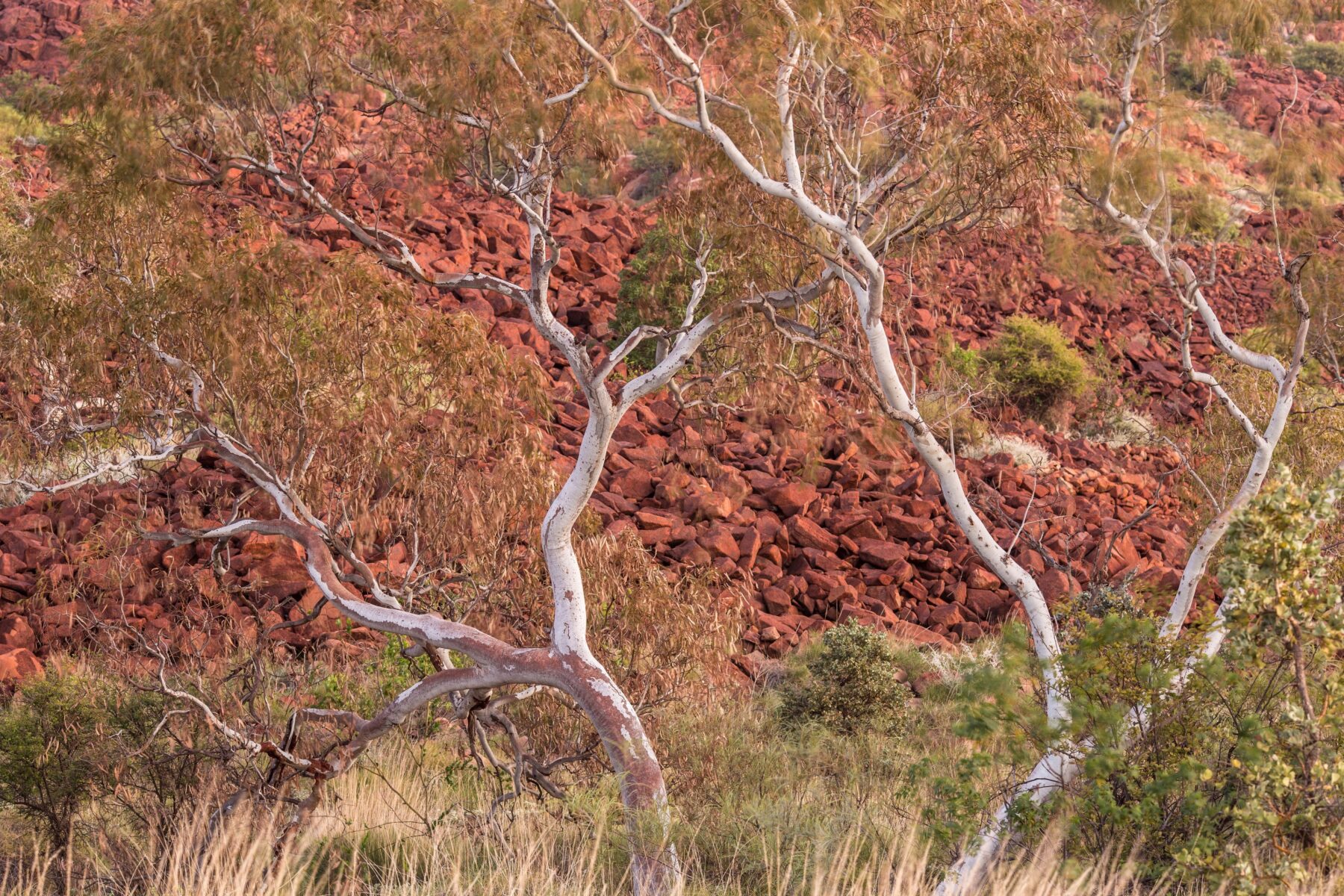
In Paris, at the World Heritage meeting, Australia’s Minister for the Environment and Water, Murray Watt, backed by MAC, argued that the science being cited by ICOMOS was factually inaccurate, and pointed to data that showed the petroglyphs weren’t at risk.
Traditional Owners continue to fight
For the Traditional Owners and Custodians, the listing was overwhelmingly celebrated, although Hicks said MAC Rangers would benefit from further capacity building to best take on the new responsibilities associated with World Heritage listing.
“The science tells us today that things are okay, and we don’t have any concerns, especially around acid rain,” he said. “But we need to further train our people, our Rangers, to be able to protect this Country and see the signs coming through the science.
“[Then, if things] start to change, [we will be] there on the front foot and able to make the changes that are required.”
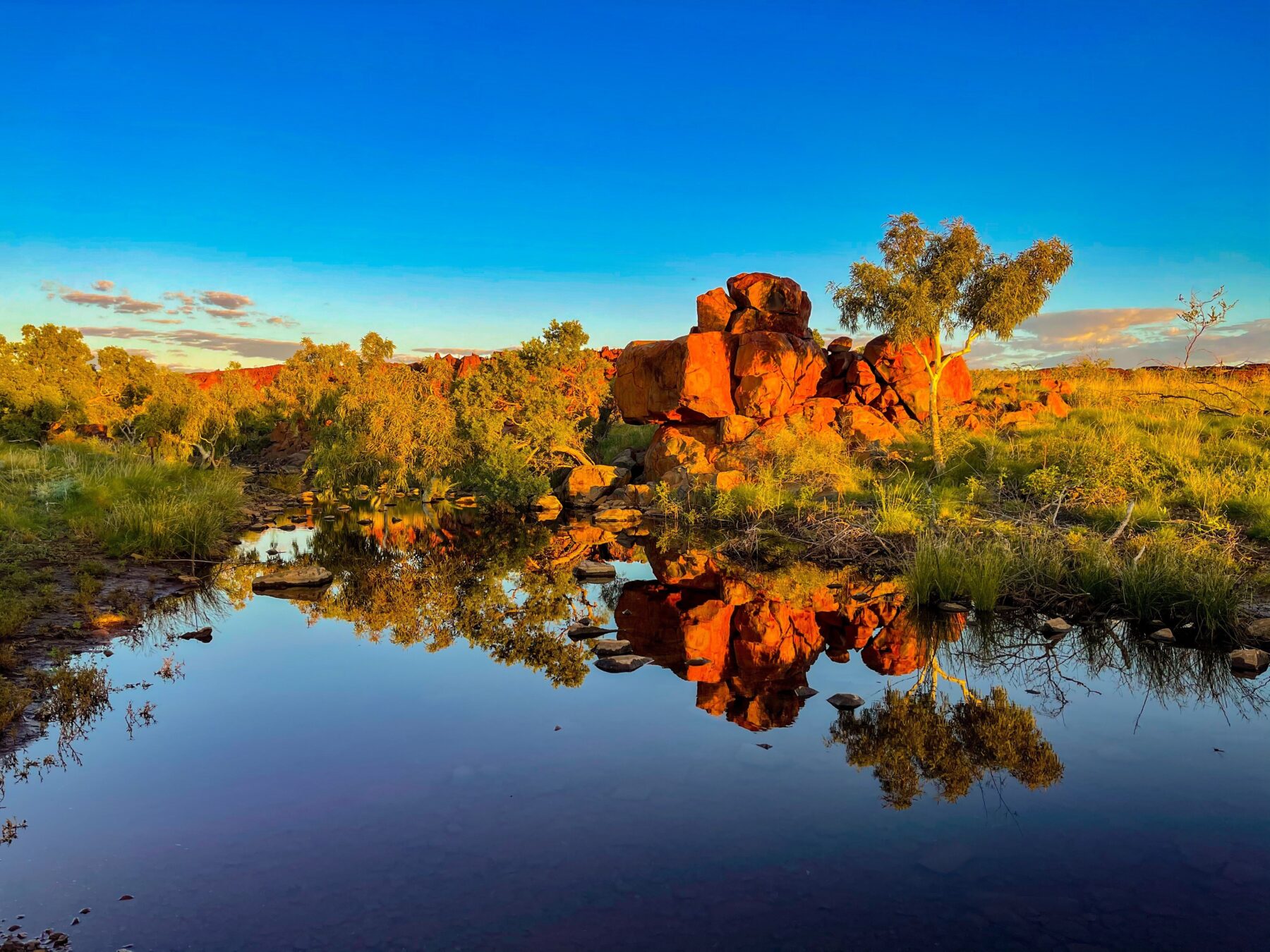
Former chairperson of MAC Raelene Cooper, of the Mardudhunera people, is the founder of the Save Our Songlines organisation. She travelled to Paris independently for the decision and argued for tougher conditions that would restrain industrial emissions.
While these conditions weren’t included in the final inscription, Australia will be required to continue research and monitoring of any industrial impacts on the petroglyphs, and to file reports to UNESCO.
For Cooper, concerns about industrial pollution remain. In a statement, she said: “Global scrutiny will now be applied to what is happening at Murujuga. We will continue to fight for protection for this very special place, and the world is now aware of what we are up against.”
In the meantime, for Hicks, Cooper and all the Ngarda-Ngarli, their work protecting their priceless cultural heritage and Country will continue.
